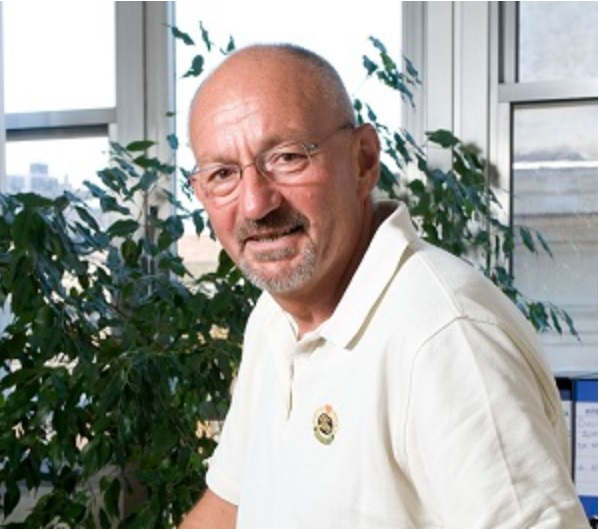The Coronavirus has spread across the world, infecting over 11,457,000 people and causing incredible damage to public health as well as the global economy. But the source of the SARS-CoV-2 virus which causes the COVID-19 disease remains uncertain.
While some experts claim that the novel Coronavirus was created inside a lab, Tom Jefferson, who is a senior associate tutor at the Centre for Evidence-Based Medicine (CEBM), University of Oxford claimed that Coronavirus may have emerged due to environmental conditions. He also believes that viruses often lay dormant around the world, and emerge and vanish depending on the conditions for viral spread.

While talking about a case in Falkland Islands, a remote South Atlantic archipelago, Jefferson said he was skeptical about a case of the Coronavirus in the region that came from China. He told Telegraph, "Where did SARS 1 go? It's just disappeared, so we have to think about these things. We need to start researching the ecology of the virus, understanding how it originates, and mutates."
The SARS virus stopped spreading suddenly in the month of July 2003 after being discovered in 2002. At that time the death toll was 8,096, which the new Coronavirus surpassed in February 2020.
The Virus Was Here
Jefferson said he believes that the virus was "already here, here meaning everywhere." As per him, it is possible that the world probably seeing a dormant virus that has been activated by environmental conditions.
He said one case was reported in the Falkland Islands in February. To describe from where it came, Jefferson revealed that there was a cruise ship which went from South Georgia to Buenos Aires, and the passengers were screened and then on the eighth day when they started sailing towards the Weddell Sea, they got the first case and threw a question saying, "Was it in prepared food that was defrosted and activated? "
He explained that such strange and unexpected issues happened during the Spanish flu. Jefferson said in 1918 almost 30 percent of the Western Samoa population died of the influenza pandemic caused by the H1N1 virus. But the shocking thing is that these people did not have any communication with the outside world.
"The explanation for this could only be that these agents don't come or go anywhere. They are always here and something ignites them, maybe human density or environmental conditions, and this is what we should be looking for," the expert from Oxford added.
The Spread of the Virus
Along with Jefferson, a British general practitioner physician, Professor Carl Heneghan, who is also director of the University of Oxford's CEBM urged for an in-depth investigation into how the virus spreads through meatpacking and food plants, as well as shared toilet facilities, which they believe may uncover major insight into new transmission routes.

Jefferson said they are reviewing the ecology of the viruses which has been grossly understudied, extracting environmental conditions. He claimed that there are several instances suggesting the existence of huge amounts of the virus in sewage all over the place, and an increasing amount of evidence there is the faecal transmission.
"There is a high concentration where sewage is four degrees, which is the ideal temperature for it to be stabled and presumably activated. And meatpacking plants are often at four degrees," Jefferson said.
Recently, scientists at the University of Calgary, in Canada came up with a new theory claiming that the virus genome may have been spreading among humans since 2013, but they said the variant may have evolved over the years.
Prior to this study, a separate group of researchers from the University of Barcelona said that they found the novel Coronavirus in a frozen Barcelona wastewater sample from March 12, 2019.









